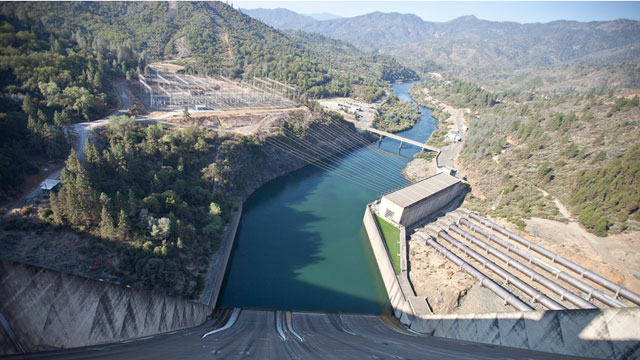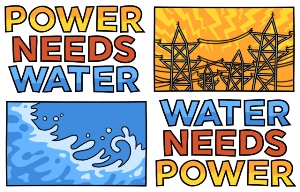
California’s deepening drought could have an effect on the electricity supply.
Hydropower, which accounts for about 14 percent of the state’s power, comes from the mountains: reservoirs trap the snow as it melts, when the water is released it spins turbines and voila, electricity. But reservoir levels are well below normal, stream flows are down to a trickle, and the snowpack is, frankly, pathetic.
There’s no cause for concern about shortages, according to Steven Greenlee, a spokesman with the California Independent System Operator, which manages California’s grid.
“We’re used to balancing supply and demand whenever we have a sudden loss of a resource,” he said, pointing out that they deal with power plants and transmission lines going down all the time. But, he added, rates could go up.
